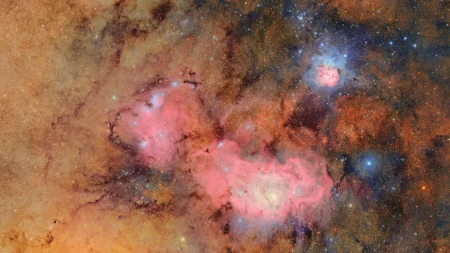Earth May Not Be in Its Sixth Mass Extinction—At Least Not Yet
Recent scientific analysis challenges the notion that we are currently experiencing Earth’s sixth mass extinction event. According to a new study published in PLOS Biology, human-driven extinctions of genera in recent centuries have been relatively rare compared to the dramatic biodiversity losses that characterized previous mass extinction events in Earth’s history.
Mass extinctions are defined by their scope and severity—historically, they’ve wiped out at least 75 percent of species and often eliminate entire genera and families, representing profound losses of evolutionary history. The five previous mass extinctions, including the event that eliminated non-avian dinosaurs about 66 million years ago, were catastrophic ecological collapses. The question of whether human activity is causing a comparable sixth extinction has been debated among scientists for years, with some researchers arguing that we are already in the midst of such an event.
The new analysis by evolutionary ecologists John Wiens of the University of Arizona and Kristen Saban of Harvard University examined data from the International Union for Conservation of Nature on over 163,000 plant and animal species across more than 22,000 genera. Their findings revealed that less than 2 percent of mammal genera went extinct in the last 500 years, and under 0.5 percent of genera had vanished across all groups—far below the 75 percent threshold that typically defines a mass extinction. The study also found that more than half of the 102 extinctions of genera involved mammals or birds, with about three-quarters being organisms restricted to islands. Interestingly, the extinction rate appears to be declining, having peaked around the turn of the 20th century, suggesting that most extinctions occurred when humans first arrived on islands and severely impacted vulnerable local species.
However, not all scientists agree with this assessment. Gerardo Ceballos of the National Autonomous University of Mexico and Paul Ehrlich of Stanford University, who conducted a 2023 study arguing that Earth is indeed experiencing a mass extinction, contend that the new paper misses the bigger picture. They argue that dramatic population declines, such as those reported among insects, are more meaningful indicators of ecological crisis than whether the last individual of a species remains alive. “We’re losing our ability to sustain civilization,” Ehrlich emphasizes. “Fooling around with counts of how many species might or might not go extinct as species doesn’t mean a damn thing if you’re losing all the insects except a small population of each one.”
The debate highlights the importance of scientific precision in measuring and communicating environmental change. Leah Gerber, a population ecologist at Arizona State University who was not involved in either study, notes that overstating evidence risks undermining credibility. “Humanity is still causing profound biodiversity change, but not every metric points to ‘mass extinction,'” she explains. Wiens himself stresses the importance of scientific credibility while acknowledging that avoiding mass extinction should not be the only goal—it’s a low bar. “It’s weak and unambitious… We prefer there to be zero percent extinction,” he says.
Despite the technical classification debate, scientists agree that biodiversity faces significant threats. Wiens compares the current situation to standing at the edge of a cliff, warning that “it’s still likely that in the next 100 years, we could lose 30 or 40 percent of all species on Earth to climate change.” While such a loss would be devastating for ecosystems and human societies alike, it would still fall short of the technical threshold for a mass extinction event. This sobering assessment reminds us that even if we’re not currently experiencing a mass extinction by strict definition, the ongoing loss of biodiversity represents an urgent crisis that demands immediate and decisive action to protect Earth’s remarkable web of life.















